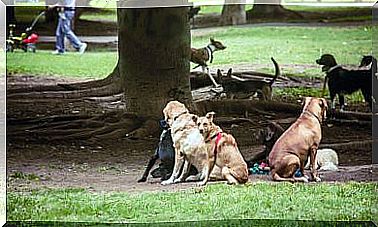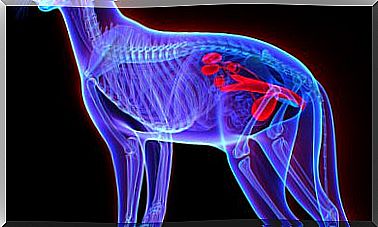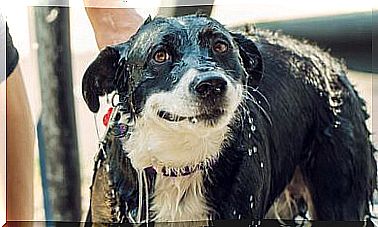Diverticulitis In Dogs: Causes And Treatments
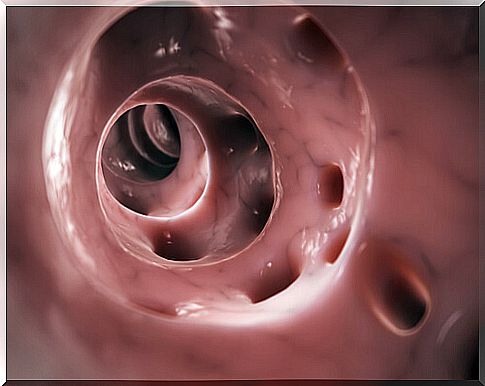
Diverticulitis in dogs is a relatively common digestive disorder that can affect people as well. This condition produces – along the wall of the intestine – the formation of small individual bags called diverticula.
Diverticula usually form in the walls of the large intestine, but also in the small intestine. Diverticulitis itself, which corresponds to flare-ups of the condition, occurs when these diverticula become infected and inflamed.
This is a chronic condition, which means that flare-ups are interspersed with other periods of inactivity, in which your dog feels good and is not in discomfort. Ultimately, the inflamed diverticula can rupture, leading to abdominal pain that can range from mild to severe on the left flank.
Causes of diverticulitis in dogs
In general, when fecal matter cannot be eliminated and remains in the colon longer, it causes sore spots on the intestinal lining that become bags.
Given the high microbial density of the intestine, these pouches or diverticula can easily become infected and rupture. Diverticulitis causes pain and discomfort to the dog. The intensity of pain varies depending on the severity of the disease.
It is important to highlight that, when diverticulitis derives from continuous constipation, having adopted a diet insufficient in fiber content is indicated as a cause. The condition is not considered hereditary, meaning that there is no evidence that it occurs in one breed of dog more than others.
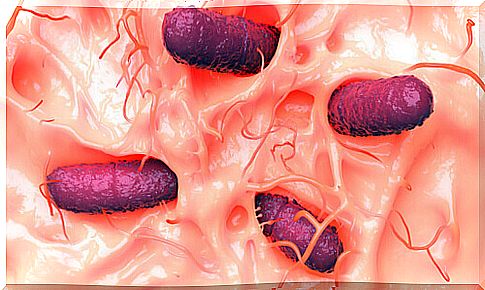
Complications of diverticulitis
If left untreated, diverticulitis can cause serious medical conditions. This includes severe infections, intestinal perforations, peritonitis, bleeding, or intestinal blockage.
Additionally, diverticulitis can give rise to the appearance of fistulas. A fistula is an abnormal connection between two parts of the body – in this case the intestine – and another structure, such as the bladder, the skin of the abdomen, or another intestinal segment.
Symptoms of diverticulitis in dogs
The symptoms of diverticulitis are similar to those of colitis. Generally speaking, dogs suffering from diverticulitis experience pain in the left flank of the abdominal cavity.
It is generally associated with abdominal cramps and bloating. The severity of pain and cramps will vary depending on the severity of the illness. Abdominal pain can cause spasms. There may be diarrhea, nausea, and vomiting.
Diverticulum infection can cause fever and chills in your dog. These symptoms are common to other intestinal tract disorders, such as colitis and inflammatory bowel disease.
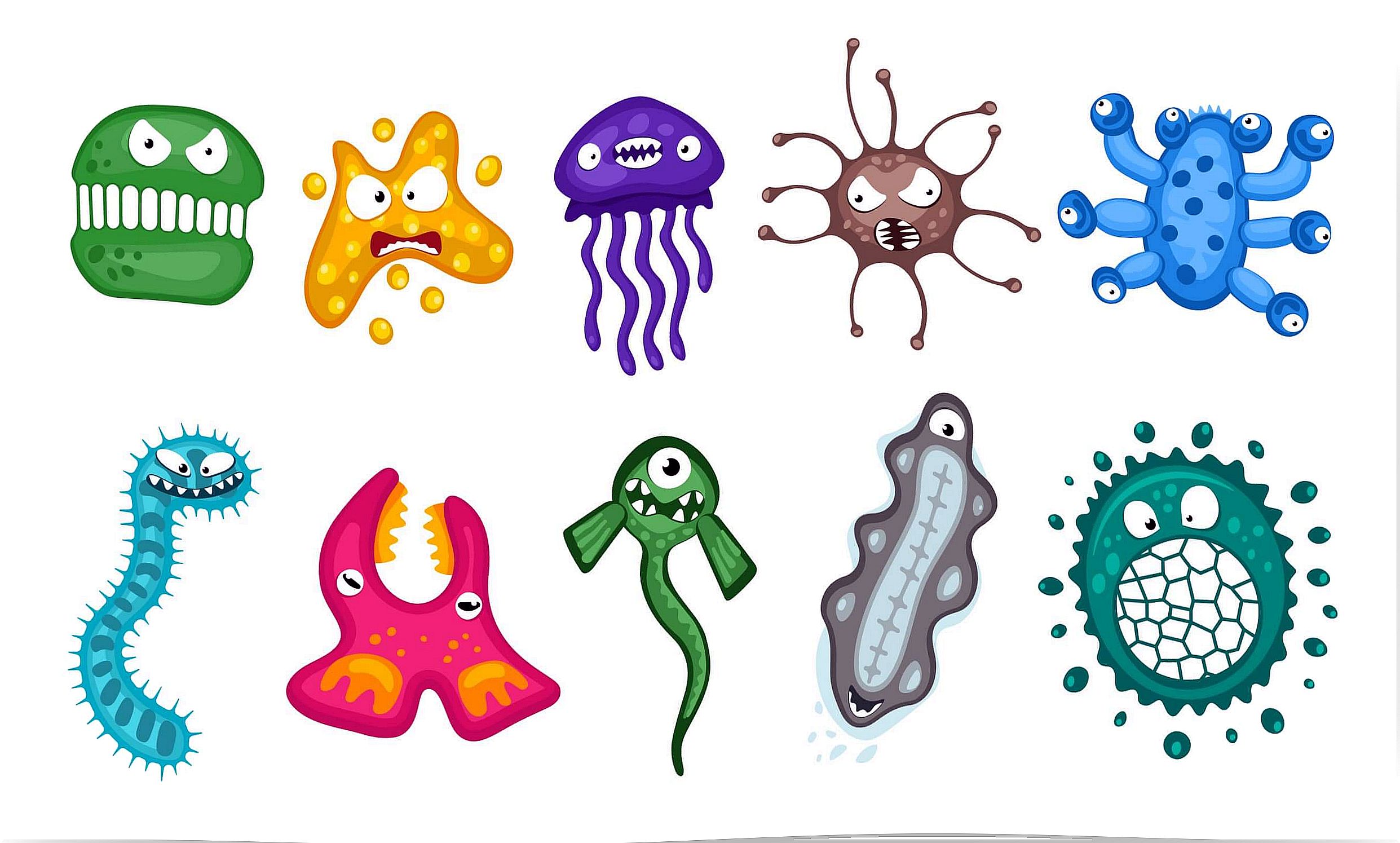
Treatment of diverticulitis in dogs
In general, treatment for diverticulitis consists of changes in diet and administration of antibiotics to fight the infection. If there is severe pain, the vet may also recommend pain relievers.
In relation to diet, liquid or wet foods that are rich in fiber and that can be easily digested are indicated. Also, seeds and other types of foods that can irritate the colon should be avoided.
In severe cases, surgery may be necessary . In these cases, the vet will perform a resection of the affected part of the colon.
There are also alternative treatments, using herbal remedies for diverticulitis. These treatments are applied by a holistic or homeopathic veterinarian.
Esophageal diverticulitis
When we talk about diverticulitis in dogs, we are generally referring to intestinal diverticulitis. However, there is another associated condition called esophageal diverticulitis.
In this condition, similar pouches form on the walls of the dog’s esophagus. These bags trap food before it is digested and create a lot of problems.
Symptoms of esophageal diverticulitis include loss of appetite, weight loss, and sometimes trouble breathing. Food trapped in the esophagus is also at risk of being aspirated or inhaled into the lungs, which can cause respiratory infections and, in severe cases, pneumonia.
